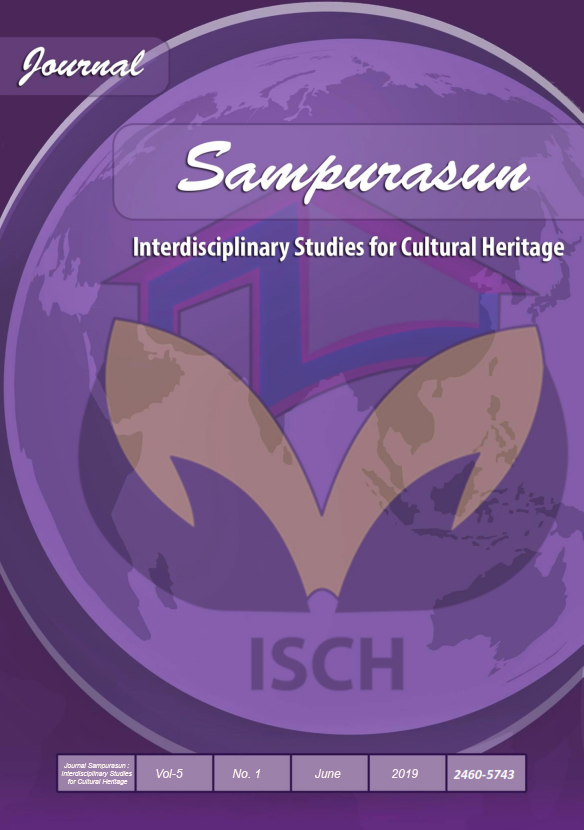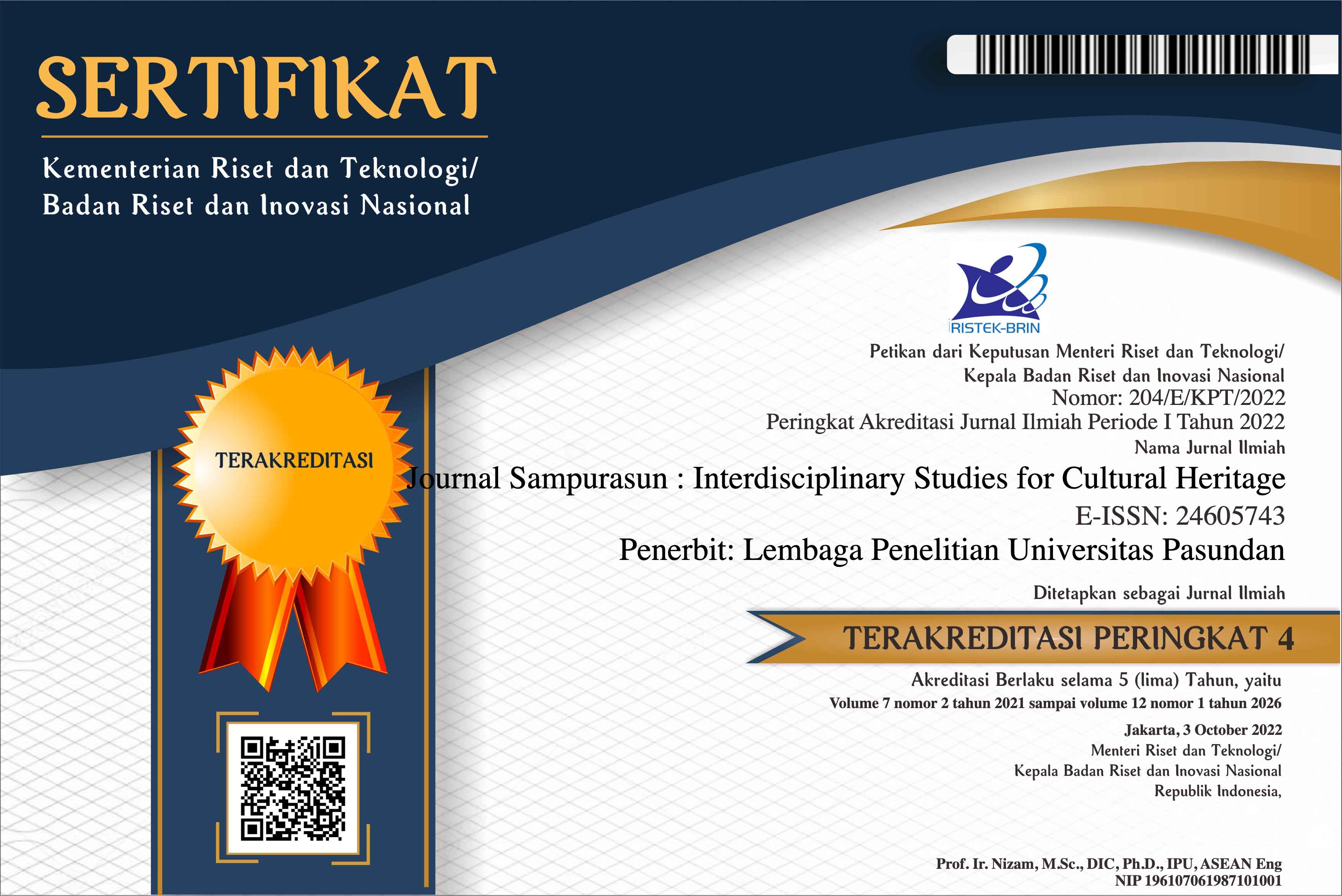THE APPLICATION OF THE PRINCIPLE OF UTMOST GOOD FAITH IN PYRAMID SCHEME BUSSINES PRACTICE
DOI:
https://doi.org/10.23969/sampurasun.v5i02.1646Keywords:
Mediamorphosis, investment promotion advertising, pyramid scheme eradication, utmost goodfaithAbstract
This study focuses on the study of media development against misinformation and contains the best elements. This situation has been exploited by the actors / activities that conduct business pyramid scheme invetation. The social growth media plays an important role in the development of the pyramid in which the givers / promoters in attracting the public interest, carried out in a pattern that is shared with the public figures using the ambassador's brand, the notes boost offerees to join other aspects such as legality and prospects social media investment, social media, culture, culture, culture, culture, culture, socialization, promotion, promotion, promotion, promotion, promotion. This study focuses on the study of violations of law against the principle of utmost good faith in the fraudulent practices of pyramid schemes used by the offeror when conducting recruitment. This fraudulent practice in its development uses social media as a misleading means of conveying information. To appeal to a widely used pattern of inviting offeree by accentuating the public figure being brand ambassador, thus boosting offeree trust to join. The objective of the study was to criticize mediamorphosis in eradicating fraudulent pyramid schemes in business investment. This research uses empirical juridical method with normative juridical approach. Observation activities support the search for legal literature. The results show that, (1) misleading information is a violation of the principle of utmost good faiht used when the promoter offers and recruits the offeree into the fraudulent practices of the pyramid scheme business; (2) social media into commodities and promotional support instruments for offerors in the fraudulent practices of pyramid scheme business investments; offeree joins a prominent pyramid promotion scheme without considering the legality and prospects of the investment.
Downloads
References
Alma, B. (2007). Marketing & marketing services management. Bandung: Alfabeta.
Civil Code Law Number 7 of 2014 concerning Trade Law Number 8 of 1999 concerning Consumer Protection
Harefa, A (1999). Multi-level marketing. Jakarta: Gramedia Pustaka Utama.
Kotler & K. (2009). Marketing management, Jilid I, Edisi ke 13, Jakarta: Erlangga.
Kotler, P & Gary Amstrong. (2012). Principles of marketing Edisi 13, Jilid 1. Jakarta: Erlangga.
Susanto, H. (2008). Consumer rights if harmed. Yogyakarta: Visi Media.
Tjiptono, Fandy. (2008). Marketing Strategy, Edisi 3, Yogyakarta:
Downloads
Published
Issue
Section
License
Copyright Notice
Authors should not withdraw their submitted papers because the withdrawal wastes voluntary works devoted by an associate editor and reviewers. But, we accept the withdrawal of a submitted paper if authors have unavoidable reasons. In the event that a manuscript is to be withdrawn from submission to Sampurasun Journal, a letter must be sent to the editorial office requesting withdrawal by e-mail (sampurasunjournal@unpas.ac.id) with its scanned PDF file, before the notification of acceptance for publication.
The withdraw request letter must include the following information. Paper ID, Paper title, Authors names, Reason why the paper must be withdrawn, and Date and signatures of all the authors (or signature of the contact author).
If only the contact author signs the letter, he/she must obtain the agreement of the withdrawal from all the other authors and the letter must include the description that all the other authors agreed the withdrawal. The journal will not withdraw a manuscript from peer review until such a letter has been received. Authors must not assume their manuscript has been withdrawn until they have received appropriate notification from the editorial office. Withdrawal of a manuscript subsequent to acceptance for publication will only be granted in the most exceptional of circumstances.
After the paper is accepted for publication, the withdrawal is not permitted in principle. The authors must always pay the charge even if the withdrawal is permitted. Any request of withdrawal that does not follow the above procedure is treated as invalid. If illegal submission, e.g., plagiarized or duplicate submission, is found for a paper, the withdrawal of the paper will never be permitted and the authors will be punished based on the rule. It is not acceptable practice to withdraw a manuscript in the event of acceptance at another journal. This constitutes dual submission. The editorial office of the other journal will be notified of your actions. In such circumstances Sampurasun ISCH may chose to impose appropriate punitive action subject.
Withdrawal Penalty
Author is not allowed to withdraw submitted manuscripts, because the withdrawal is waste of valuable resources that editors and referees spent a great deal of time processing submitted manuscript, money and works invested by the publisher. If author still requests withdrawal of his/her manuscript when the manuscript is still in the peer-reviewing process, author will be punished with paying $200 per manuscript, as withdrawal penalty to the publisher. However, it is unethical to withdraw a submitted manuscript from one journal if accepted by another journal. The withdrawal of manuscript after the manuscript is accepted for publication, author will be punished by paying US$500 per manuscript. Withdrawal of manuscript is only allowed after withdrawal penalty has been fully paid to the Publisher. If author don't agree to pay the penalty, the author and his/her affiliation will be blacklisted for publication in this journal. Even, his/her previously published articles will be removed from our online system.


















